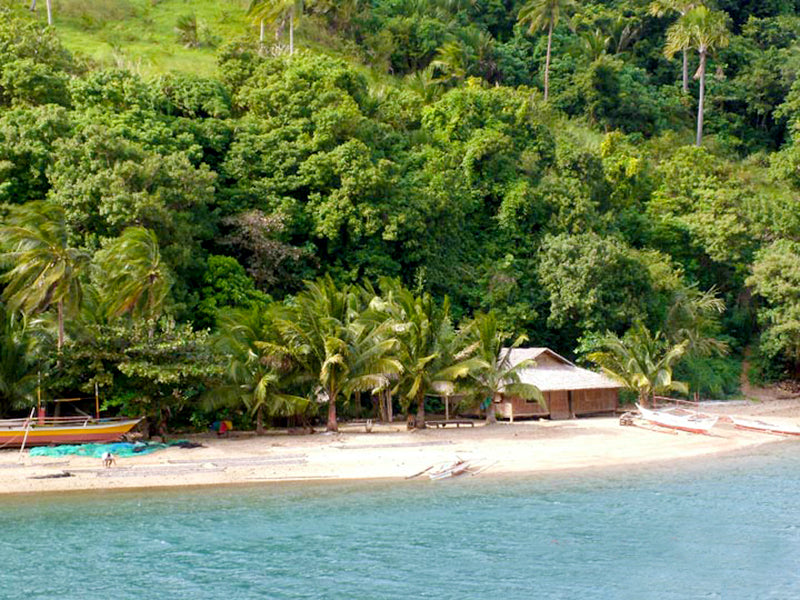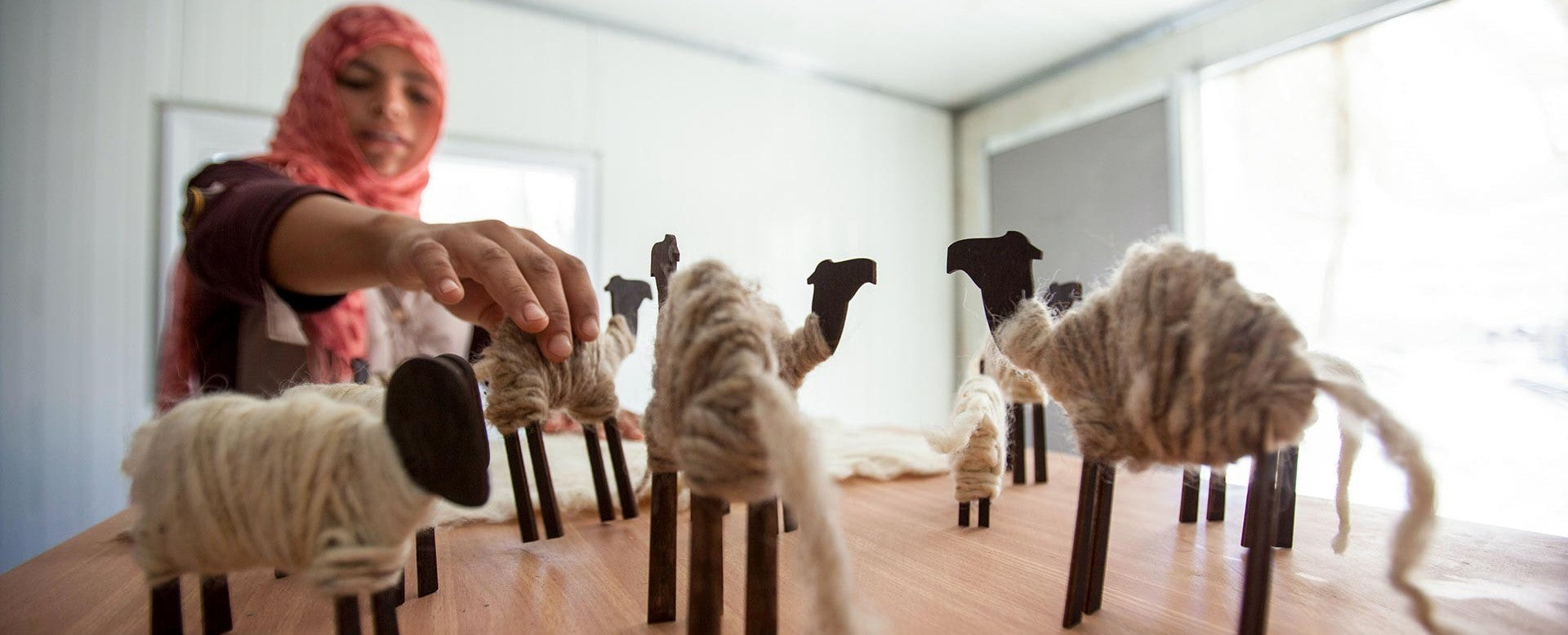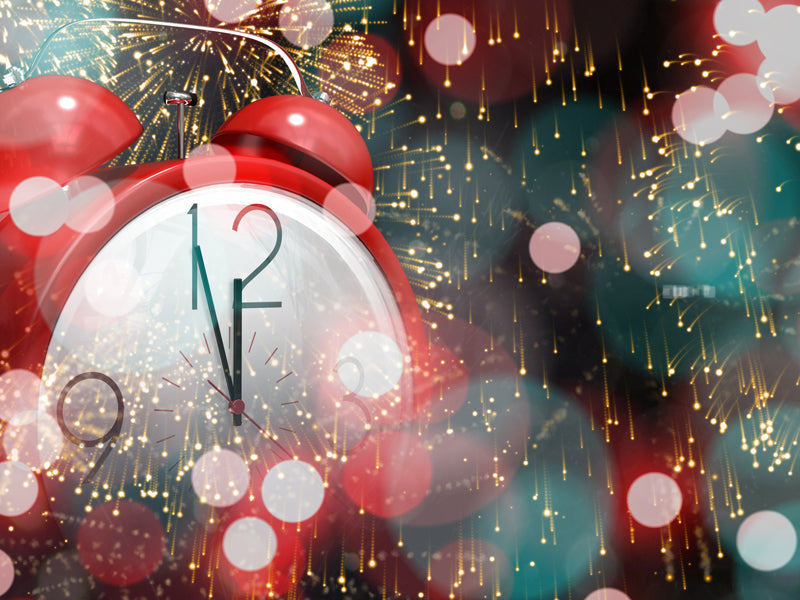Christmas in the Philippines

Gen Sandillon was born and raised in Marinduque, an island province in the Philippines, and was excited to share her Christmas memories with us.
A mix of Western and Filipino traditions, Christmas in the Philippines has traditions from carols to bamboo lanterns.

Beaches, farmland and mountains all make up Marinduque, an island of the Philippines surrounded by rich marine life and warm tropical waters.

Here, churches built in the style of old Spanish architecture give a sense of the country’s history.

But the average family home is constructed of simple cinder blocks with corrugated tin roofs.

The statue of our Lady of Peace and Good Voyage welcomes sailors as she stands, dressed in blue robes, on a small piece of land at the very edge of the island. And after ships are docked, the visitors experience a welcoming ceremony called “Putong,” which bestows wishes for good health and a blessed life upon all who experience it. The dance includes crowning visitors with a headdress made from locally sourced rattan and nito vine. And it ends with a shower of flowers and coins for good luck and prosperity.

Traditions are important to the people of Marinduque, so it’s no surprise that Christmastime has rich traditions too.
Christmas is one of the most important holidays in the Philippines. And just like in the U.S., people extend the celebration for as long as possible—often beginning as early as September with Christmas songs and decorations.
It’s customary for colorful lanterns, called “parol,” to be displayed outside the family home. Made from bamboo and colored Japanese paper, the lantern symbolizes the star that guided the three wise men to find Jesus in the manger. Holiday lanterns can also be made from capiz, which is the translucent shell of the windowpane oyster—a material that had been used for windows in houses before glass became available in the Philippines.
And as the Christmas Day draws nearer, the traditions become more elaborate.

Starting on December 16 (and ending Christmas Eve), is a Catholic tradition of nine pre-dawn masses called “simbang gabi”. It is believed that completing all nine masses grants a wish for the practitioner. After each mass, local vendors sell native delicacies such as “puto bumbong” (sticky rice steamed inside wooden tubes), or “bibingka” (rice cake). Both of these dishes are a welcomed breakfast after the early morning mass. And they are usually eaten with a cup of hot cocoa or coffee.

On Christmas Eve, families go to church together for the last of the nine masses. And once night falls, the feast of “Noche Buena” begins at midnight. Families open their doors to one another, and enjoy time with friends and neighbors. People meander throughout the evening, sharing food and holiday spirits. Common dishes include lechon (roasted pig), ham, fruit salad, rice cakes and other native foods. Most people stay awake all night long to eat, and exchange gifts. There are even videoke machines that encourage singing throughout the night.

Many of the Christmas scenes are the same as in the United States. There is imagery of Santa Claus, Christmas trees, cards and carols. But the native way to wish a merry Christmas (in the Tagalog language) is, “Maligayang Pasko.”




Comments